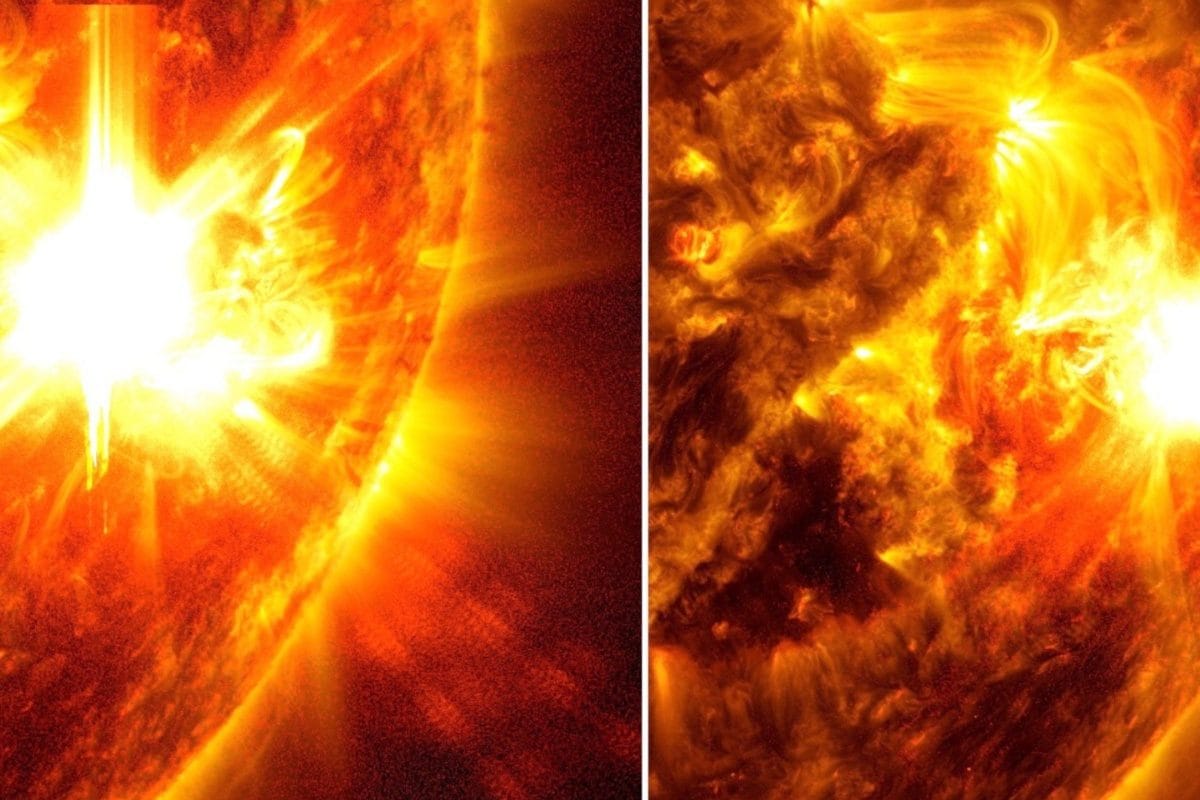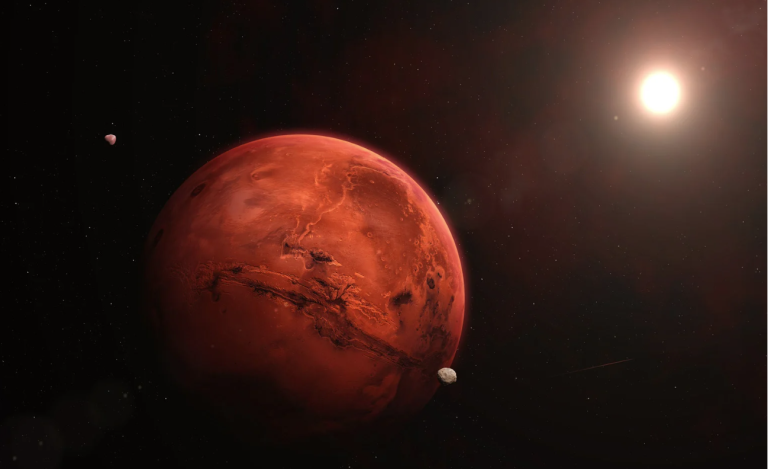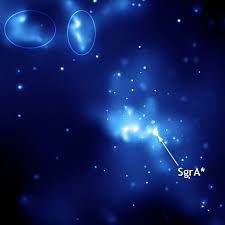Solar activity remains at high levels during solar maximum.
Recently, an unusual and potentially historic event has been observed on the Sun. Two massive sunspots have merged on the eastern limb of the Sun, resulting in the newly numbered sunspot region AR3685. This merger has produced at least three X-class solar flares, the most powerful category, and several M-class flares, which are the second-largest in intensity.
According to the National Oceanic and Atmospheric Administration (NOAA), these solar flares have accelerated charged and superheated plasma, known as coronal mass ejections (CMEs), which speed through space and expand outward. The new sunspot is notably large, approximately 17 times the diameter of Earth.
“This is an unusual and potentially historic event,” stated the Space Weather Prediction Center (SWPC).
UNDERSTANDING SOLAR FLARES AND THEIR IMPACT
Solar flares are intense bursts of electromagnetic radiation originating from sunspots on the Sun’s surface. These flares are classified into lettered groups according to their size, with X-class flares being the most powerful. When these flares occur, they can have significant impacts on Earth.
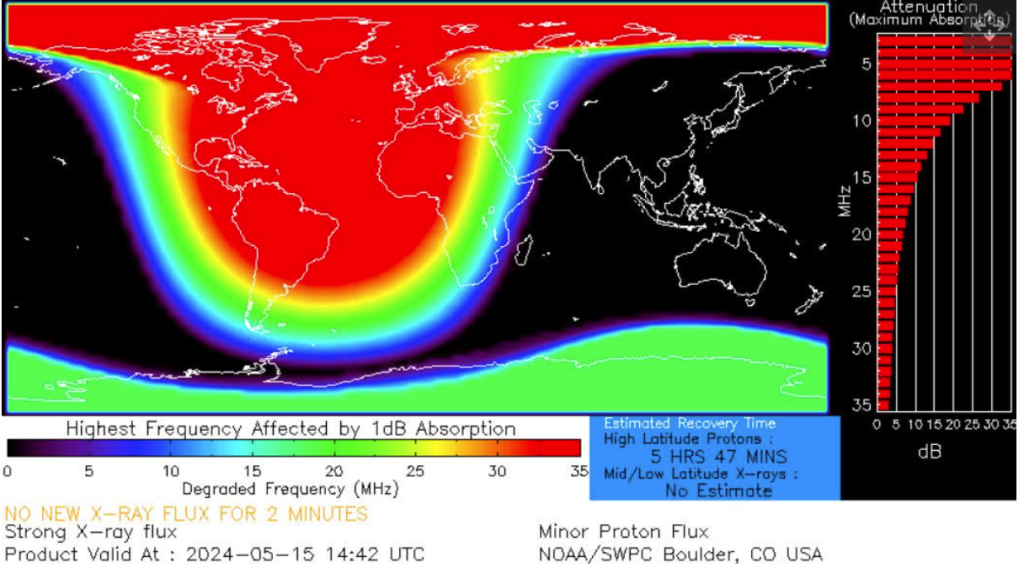
A recent shortwave radio blackout was reported over the Atlantic Ocean and noted across western Africa, Europe, and the central and eastern United States. Geomagnetic storms caused by these events can lead to widespread voltage irregularities in power systems, trigger false alarms on security devices, and create drag on low Earth orbit satellites, preventing them from orienting correctly. Additionally, GPS systems can experience range errors and loss-of-lock.
THE ROLE OF CORONAL MASS EJECTIONS
A coronal mass ejection (CME) was also observed, although it was not directed at Earth. Forecasters at NOAA’s Space Weather Prediction Center have noted the presence of several other sunspot regions at this time. At least seven CMEs have been observed from the Sun, with the first impacts expected to arrive early Friday afternoon Eastern Time. Heightened solar conditions are anticipated to persist possibly until Sunday.
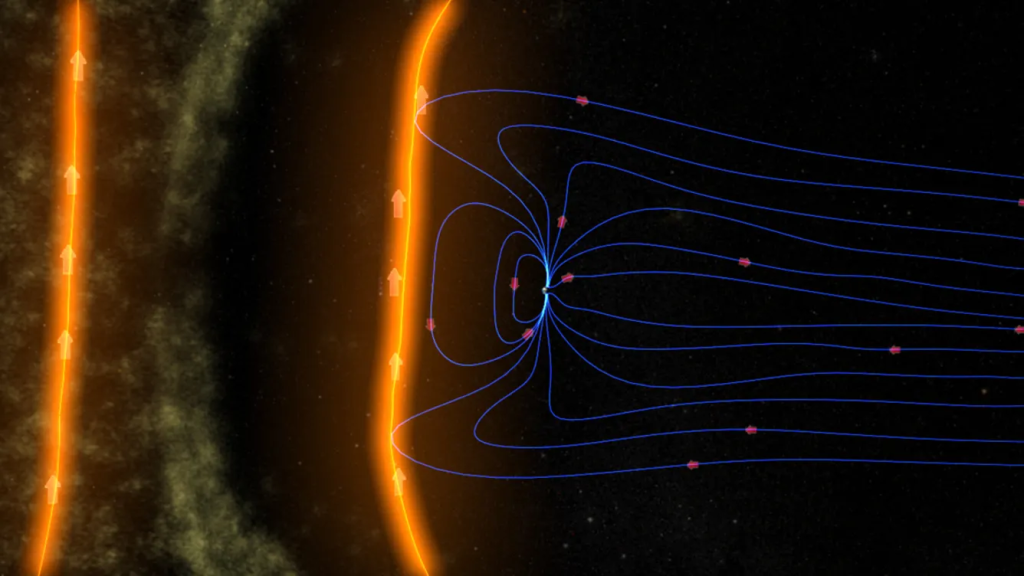
“These regions are either not affecting anything complex so far in our forecasters’ minds, or they are beginning to wane a little bit in their level of activity,” said Shawn Dahl, a service coordinator at NOAA’s Space Weather Prediction Center, in a phone interview with Space.com. “We do know there are other regions back there, including the one that just rotated around the limb recently, and we’ll see if they survive and how strong they might be.”
GEOMAGNETIC STORM CONDITIONS
On Thursday morning, the SWPC reported that geomagnetic storm conditions had elevated to a G2 level overnight. This level is typically issued for a “moderately intense disturbance” to Earth’s magnetic field. While conditions were not as severe as those observed on Friday and Saturday, there were reports of some areas in the United States, such as Colorado, where the northern lights were visible.
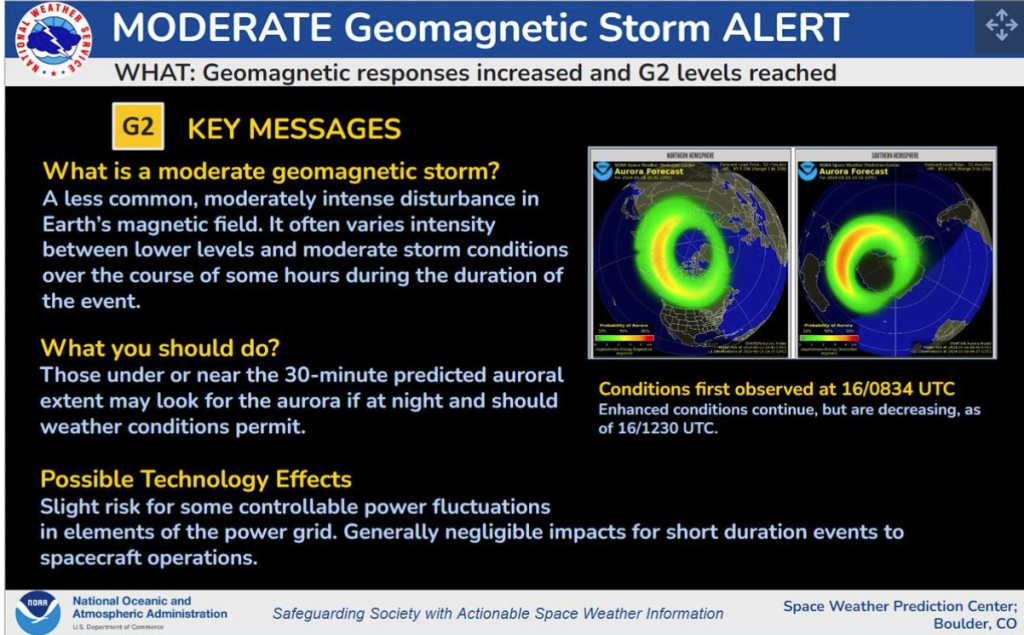
For aurora chasers, this remains an excellent opportunity for backyard viewing. Scientists indicate that there is still ample time for solar activity to increase during the current solar cycle.
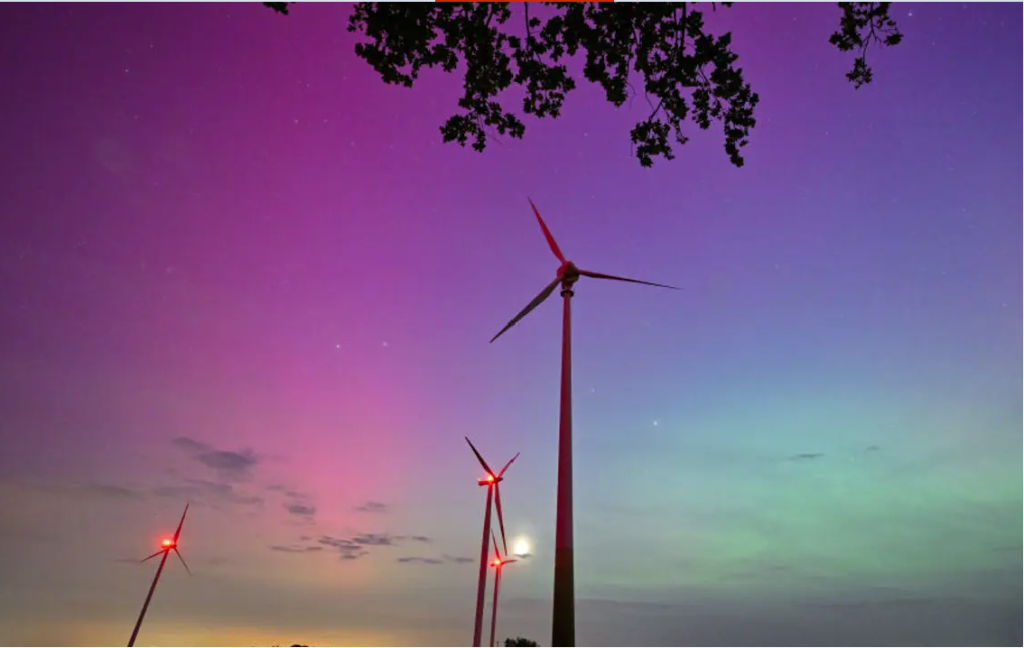
“We’re in solar maximum. We don’t know when the peak is going to be. if it’s sometime this year or early next,” Dahl explained. “The chance to continue to see sunspot groups that can produce a lot of activity is going to continue here, and we just evaluate them day by day.”
THE CURRENT SOLAR CYCLE
NOAA forecasts that the current 11-year solar cycle will peak sometime in 2024 or early 2025. Consequently, solar activity is likely to remain high for the next several months or even a few years. This period of heightened activity provides a unique window for observing and studying solar phenomena.
The merger of the massive sunspots and the subsequent solar flares highlight the dynamic and often unpredictable nature of our Sun. As solar activity continues to ramp up, scientists and astronomers will closely monitor these developments to better understand the mechanisms driving these powerful solar events and their potential impacts on Earth.
CONCLUSION
In conclusion, the recent solar activity underscores the importance of continuous monitoring and research. As we approach the peak of the current solar cycle, the insights gained from these observations will be invaluable for advancing our knowledge of solar dynamics and improving our preparedness for space weather events.

